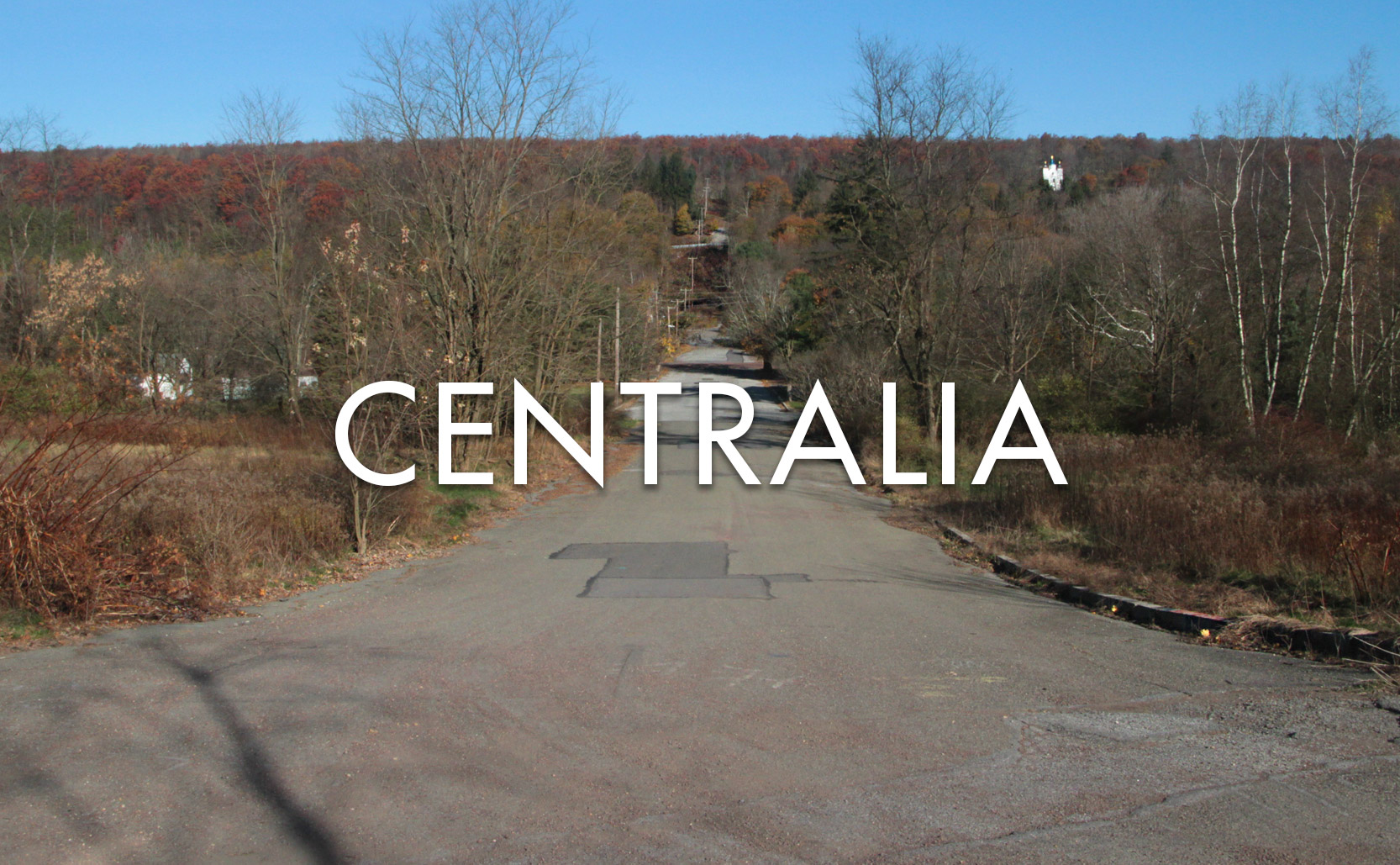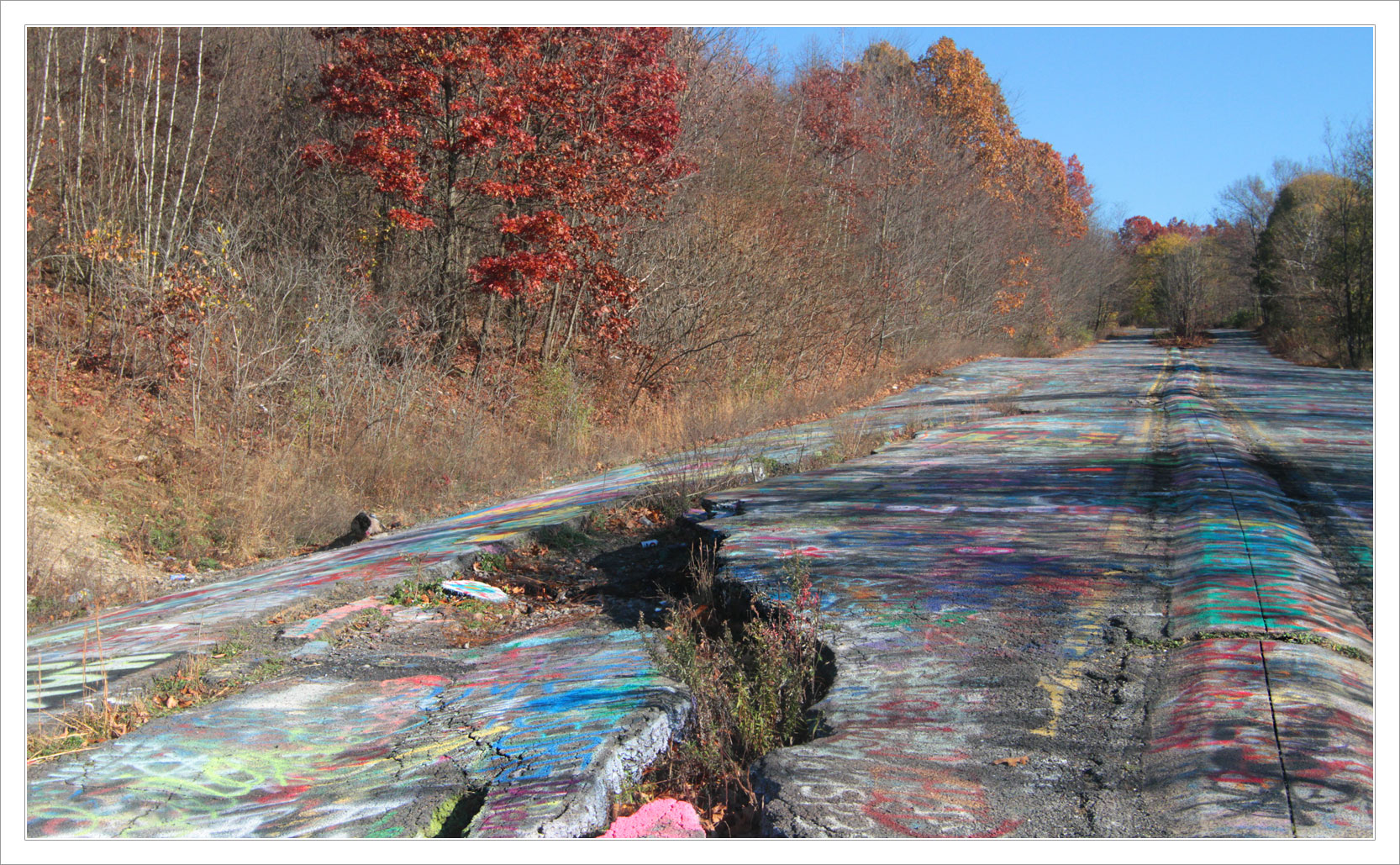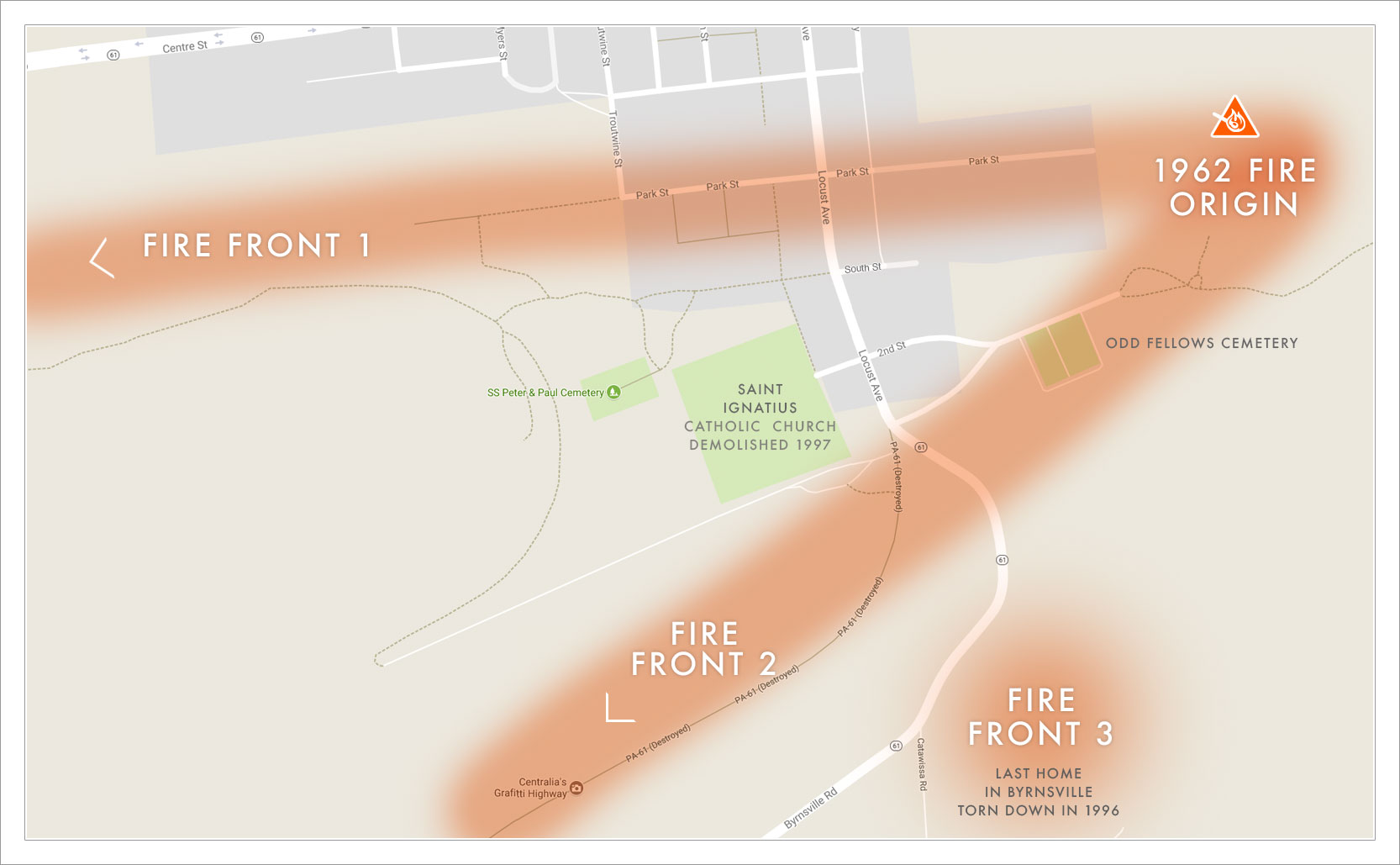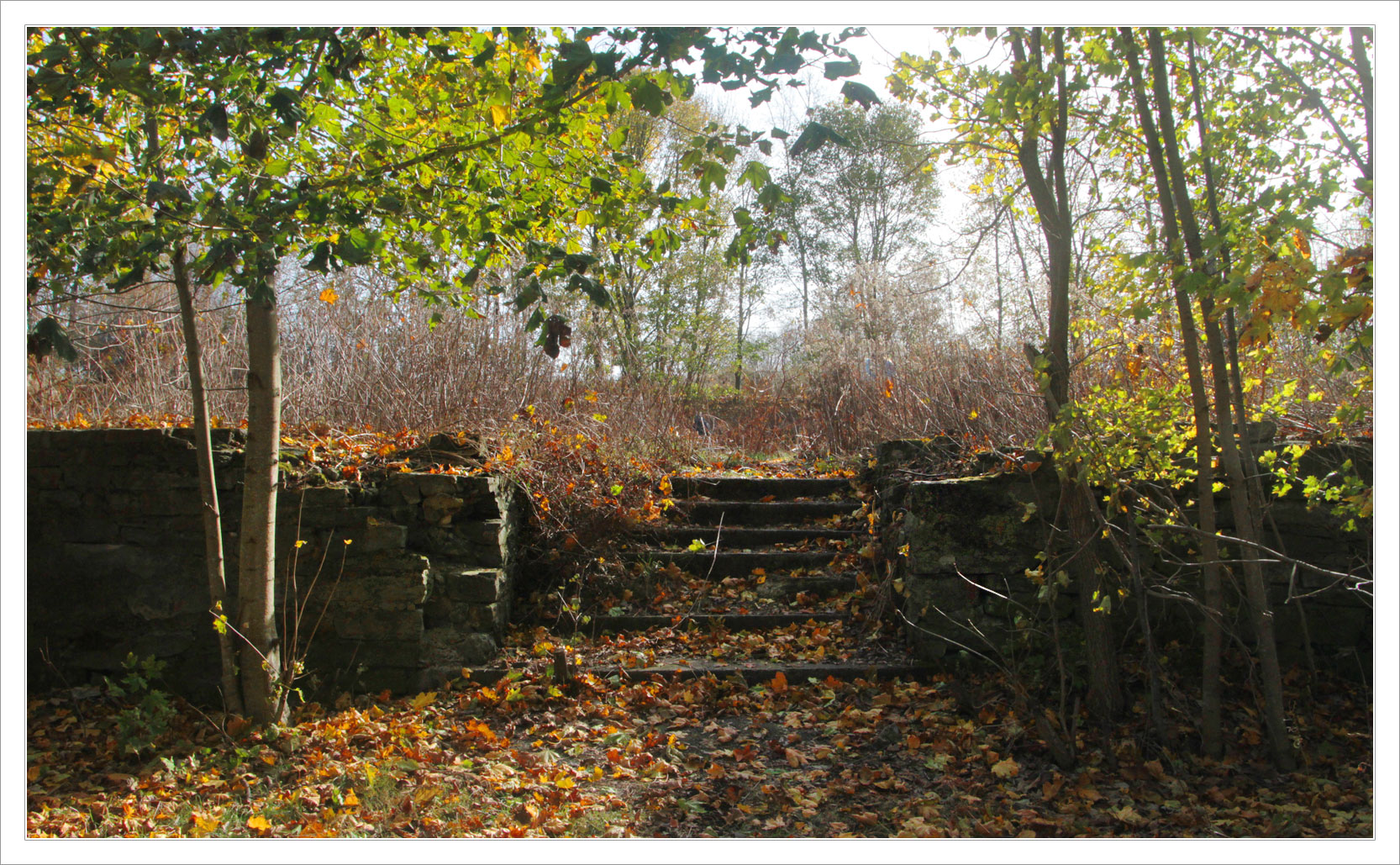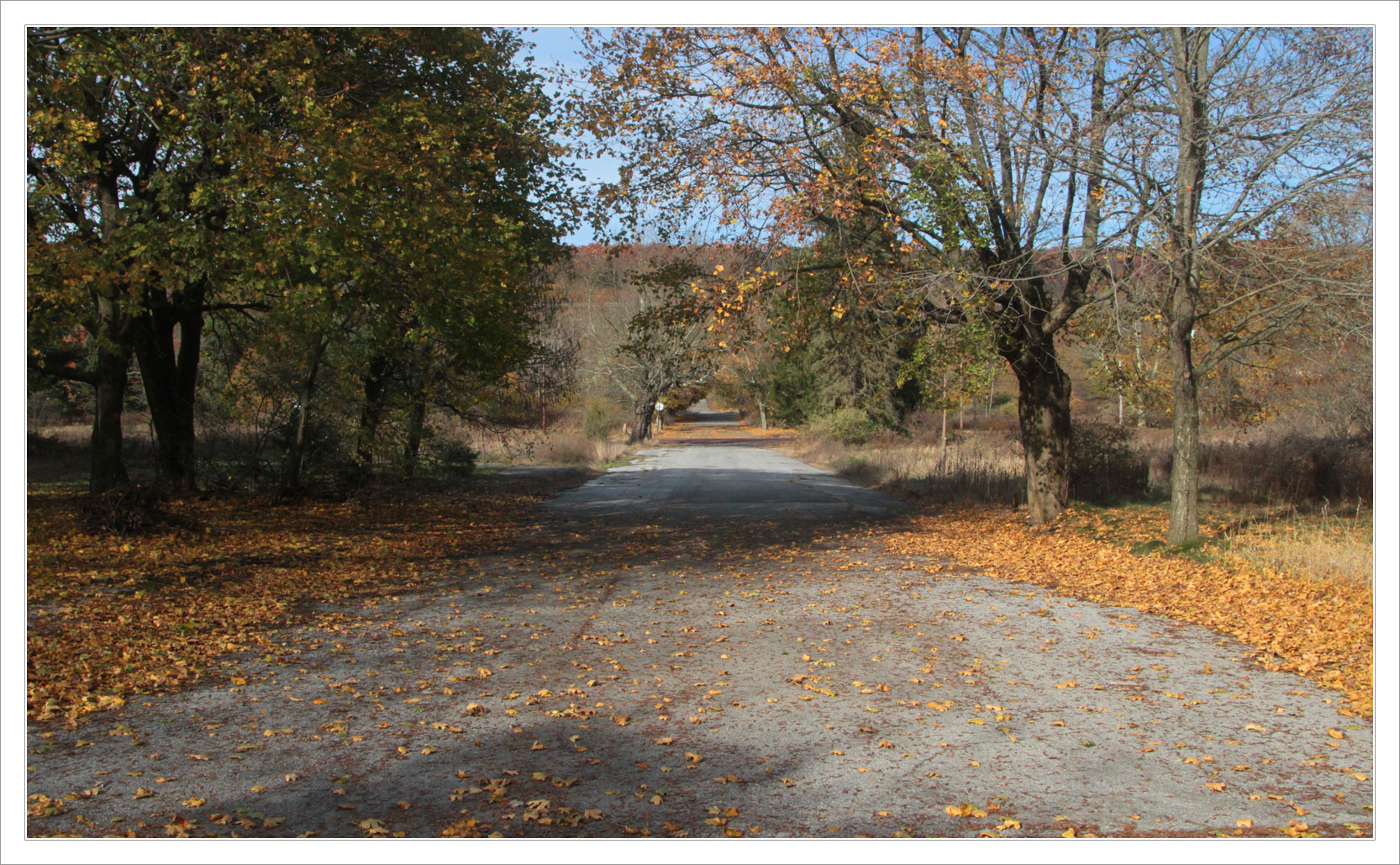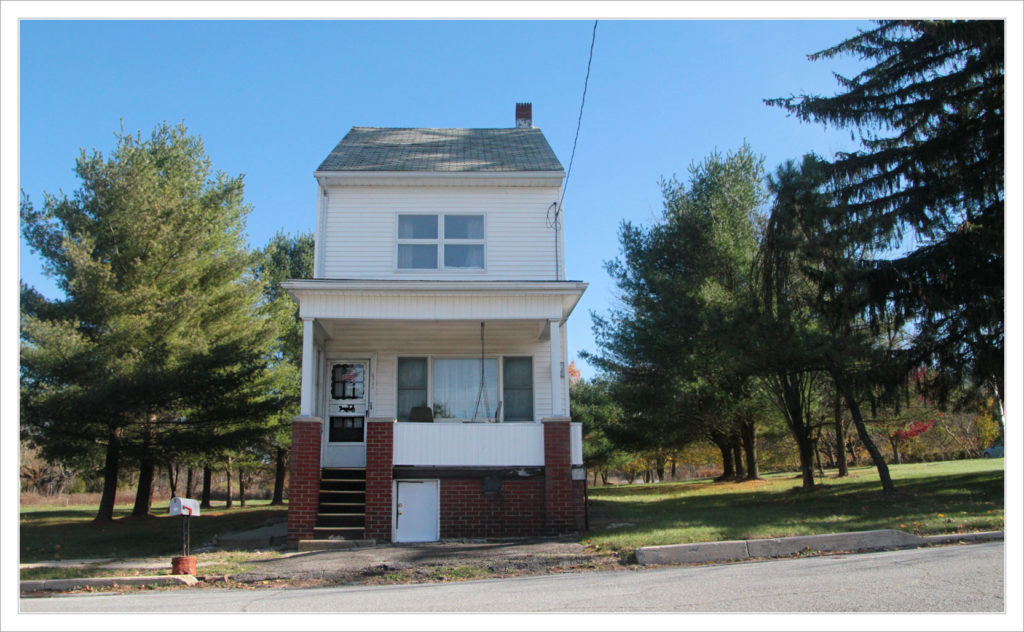Salamanders & Fire
Contrary to folklore salamanders are not born in fire, they aren’t fireproof, nor do they have any affinity for fire.
For thousands of years salamanders have been associated with fire. Aristotle believed that salamanders were so cold they could extinguish fire (a claim later repeated – with skepticism at least – by Pliny the Elder). This claim was later specifically applied to extinguishing the fires of blacksmith forges. The Talmud claimed that smearing the blood of a salamander on yourself could make you immune to the dangers of fire. Leonardo Da Vinci said that salamanders got their sustenance from fire which was also how they repaired their skin. Related to their skin, the Persians claimed that asbestos was the fur of salamanders (Persians would also clean cloth made of asbestos by throwing it into the fire, bringing it back out white again). Alchemists and occultists also associated the element of fire with salamanders. But why?

Throw another log on the fire
Being amphibians, most salamanders prefer cool damp places and have no interest in fire. The connection between fire and salamanders is most likely because salamanders hide & hibernate in logs (among other places). People would accidentally use these logs as firewood and, as the salamanders found their habitat suddenly on fire, would scurry from the flames. Not knowing the creatures were hiding in the logs in the first place people interpreted this sudden appearance of salamanders as though they were born in the fire, that they were fireproof, or that they had some special connection to fire, etc. In actuality the salamanders were just running for their lives and most definitely had no special protection from fire.
Symbols
Because of this association with fire, salamanders were sometimes an emblem for blacksmiths. European heraldry also featured a variety of salamanders in fire – sometimes looking like actual salamanders, sometimes looking more like dog lizard hybrids. Heraldic salamanders were used to represent a wide range of attributes from sacrifice, to courage, to resilience, to faith.
Fast-forward to modern day and the association with fire lives on in heating companies and heating unit names. It also lives on in literature such as Ray Bradbury’s Fahrenheit 451 where the firemen have the symbol of a salamander on their uniforms.



